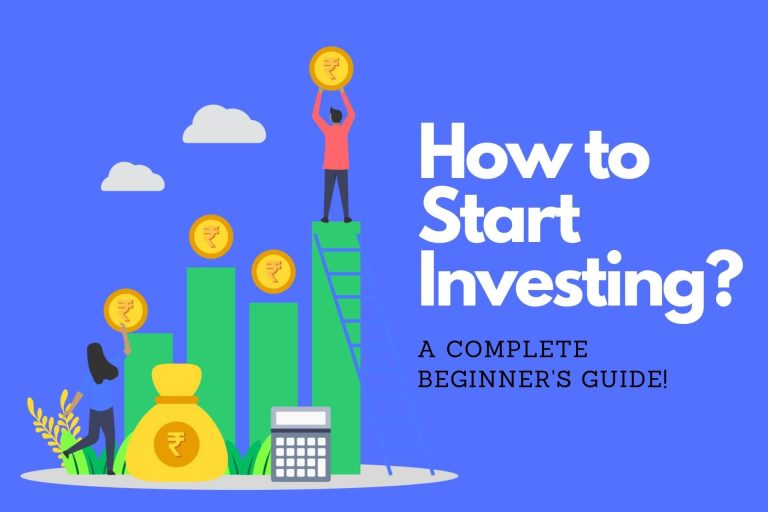How to Start Investing in 2024: An 8-Step Guide for Beginners
Investing can be a powerful tool for growing your wealth and securing your financial future. Whether you’re saving for retirement, a down payment on a home, or building a financial cushion, understanding how to start investing is crucial. With proper knowledge, even beginners can build a diversified portfolio and take advantage of market growth. This 8-step guide for beginners will help you get started with investing in 2024, offering practical advice to navigate the financial markets confidently.
- Understand the Basics of Investing
Before you dive into investing, it’s essential to understand the basics. Investing means putting your money into assets like stocks, bonds, real estate, or mutual funds to grow it over time. Returns come in two forms: capital gains and income, such as dividends or interest. Unlike saving, which focuses on capital preservation, investing involves a degree of risk but offers the potential for higher returns. Familiarize yourself with terms like risk, diversification, asset allocation, and investment vehicles to build a strong foundation.
- Set Your Financial Goals
Having clear financial goals is the first step to creating an investment strategy. Determine what you’re investing for and the time horizon for each goal. Short-term goals (within 5 years) might include saving for a car or a vacation, while long-term goals (10+ years) may focus on retirement or buying a house. Once you have your goals set, you can choose investment strategies that align with your risk tolerance and the timeframe you’ve set for achieving those objectives.
- Establish an Emergency Fund
Before you start investing, it’s crucial to have a safety net in place. An emergency fund is essential to protect you from financial setbacks, such as losing a job or facing unexpected expenses. Ideally, this fund should cover three to six months of living expenses. Keeping this money in a liquid and accessible account, such as a savings account, ensures you won’t have to sell investments at a loss in times of need. Only after your emergency fund is fully funded should you begin investing.
- Choose an Investment Platform
To start investing, you’ll need to choose an investment platform that suits your needs. These days, there are numerous platforms that cater to different types of investors, whether you’re a hands-on trader or prefer a more passive approach. Online brokers like Fidelity, E*TRADE, and Robinhood offer direct access to the stock market, while robo-advisors like Betterment and Wealthfront provide automated, diversified portfolios for a more hands-off experience. Compare fees, features, and investment options before making your decision.
- Determine Your Risk Tolerance
Every investor has a different risk tolerance, which refers to the amount of risk you’re comfortable taking on. If you’re younger with a long investment horizon, you might be able to tolerate more risk by investing heavily in stocks. If you’re nearing retirement, however, your risk tolerance might be lower, and you may want to allocate more to bonds and stable investments. Knowing your risk tolerance will help you determine the mix of assets—stocks, bonds, cash, and alternatives—that’s right for your portfolio.
- Diversify Your Portfolio
One of the golden rules of investing is diversification. This means spreading your investments across different asset classes and industries to reduce risk. For instance, instead of investing all your money in one stock, consider allocating it across multiple sectors like technology, healthcare, and energy. Additionally, diversify by asset class—such as stocks, bonds, and real estate. By doing so, you reduce the impact of a single investment’s poor performance on your overall portfolio, making your investments more resilient.
- Invest in Low-Cost Index Funds or ETFs
For beginners, low-cost index funds and exchange-traded funds (ETFs) are excellent options. These funds track the performance of a specific index, such as the S&P 500, and provide instant diversification at a relatively low cost. Because they mirror the market, they are less risky than individual stocks. Index funds and ETFs also come with lower management fees than actively managed funds, which can eat into your returns over time. These are ideal for those looking for a straightforward, long-term investment strategy.
- Stay Consistent and Avoid Emotional Decisions
One of the most important aspects of investing is consistency. Regular contributions to your investment accounts, even in small amounts, help you build wealth over time through compounding. Avoid the temptation to time the market or make emotional decisions based on short-term fluctuations. Market volatility is normal, but panic-selling during downturns can lock in losses and derail your long-term goals. Stick to your strategy and focus on the bigger picture to see success over time.
Conclusion
Investing can seem daunting at first, but by following this 8-step guide, beginners can navigate the process with confidence in 2024. Start by understanding the basics, setting financial goals, and building an emergency fund. Choose an investment platform that fits your style and risk tolerance. Diversify your portfolio, consider low-cost index funds or ETFs, and most importantly, stay consistent with your investments while avoiding emotional decisions. By taking a disciplined approach, you’ll be on your way to building a strong financial future.
Bottom of Form



